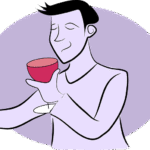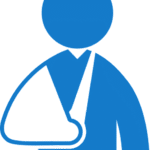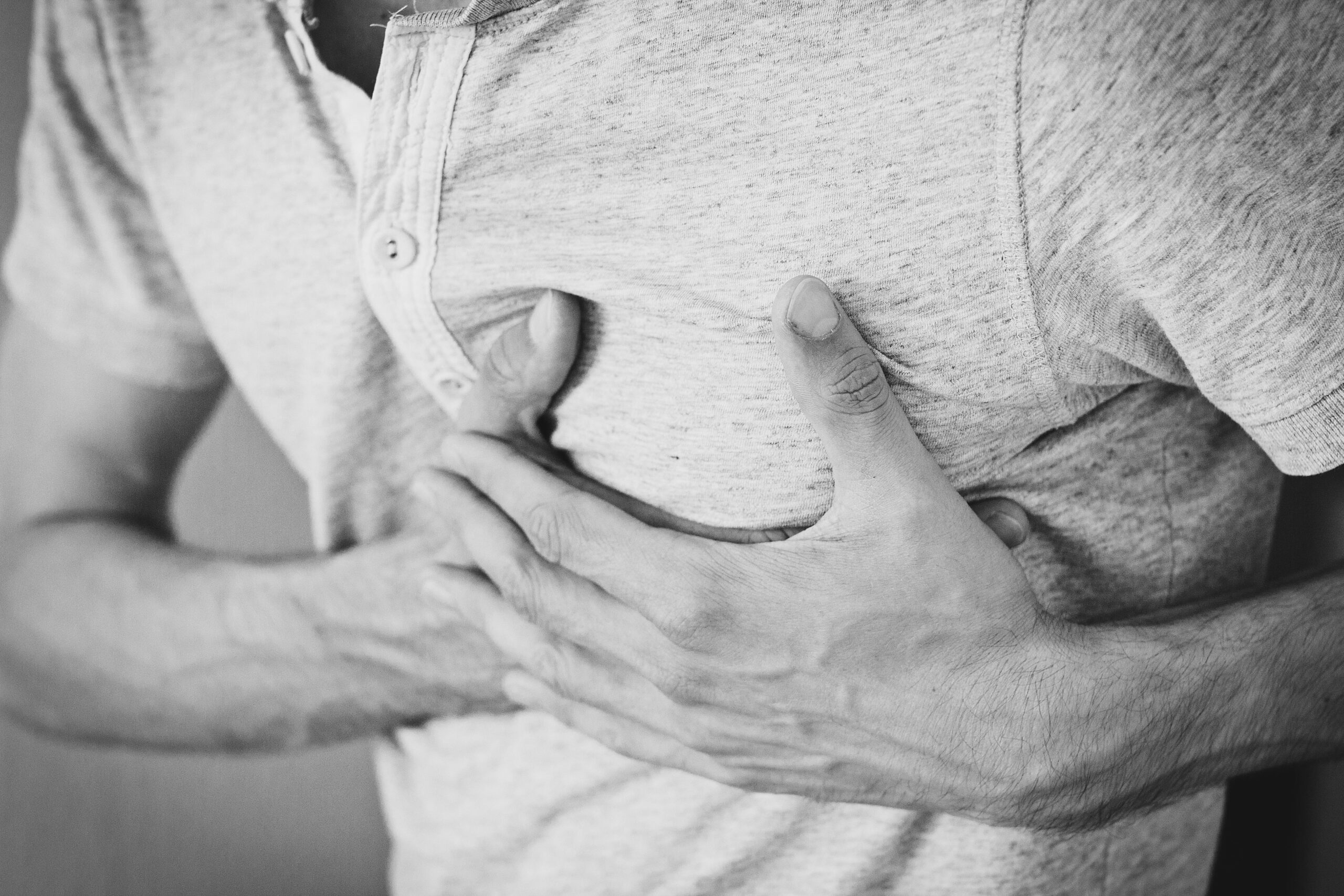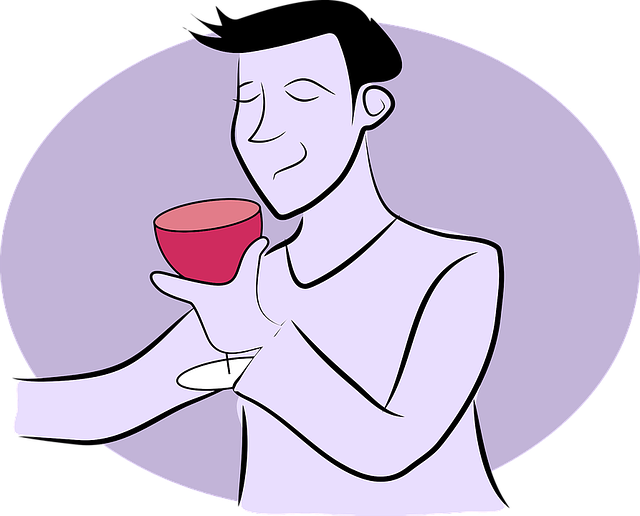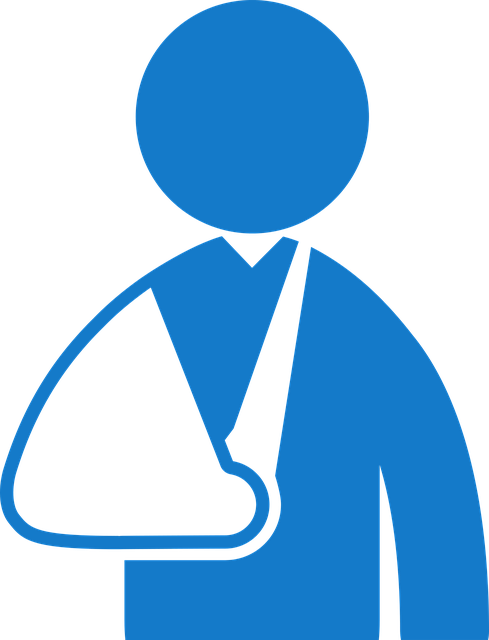In the document titled When Your Heart Cries Out for Help: Identifying and Treating a Heart Attack, readers will find essential information on recognizing and managing a heart attack. The formal tone of the text underscores the importance of promptly identifying symptoms and seeking appropriate medical treatment. This comprehensive guide aims to educate individuals on the critical steps to take when faced with the signs of a heart attack.
Think of your heart as a muscle that never rests, a tireless worker that continuously pumps vital blood to every part of your body. Although it’s an amazing organization, even our best employees occasionally require a little assistance. It can feel like a “heart attack” when that assistance is desperately needed; it’s a terrifying and urgent situation that requires our attention. Just hearing the term “heart attack” can make you tremble, and it’s normal to feel overwhelmed or even afraid. However, it can make a big difference to know what a heart attack is, why it occurs, and what to do if you or someone you love has one. It all comes down to knowledge, not fear.What Takes Place When Someone Has a Heart Attack? Let’s dissect what’s truly happening. Like all muscles, your heart needs its own flow of blood that is rich in oxygen in order to function. Special blood veins known as coronary arteries carry this blood. Consider them as small, essential roads that feed your heart muscle.A myocardial infarction, the medical term for a heart attack, happens when blood flow through one of these coronary arteries is obstructed.
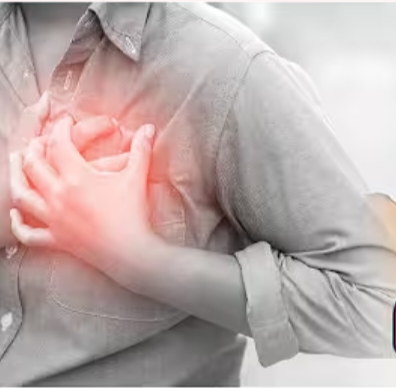
The accumulation of a waxy material called plaque inside the arterial walls is typically the source of this blockage. The arteries may narrow and harden as a result of this plaque over time. This plaque may occasionally burst or shatter. When this occurs, your body forms a blood clot at the rupture site in an attempt to repair the harm. This blood clot has the potential to totally block the artery and stop the blood flow to a portion of your heart muscle if it gets big enough. InWithout blood that is rich in oxygen, the damaged heart muscle starts to deteriorate. The sooner the blood flow is restored, the less harm is done to the heart, which is why quick action is so important. Not Always Like the Movies: Identifying the Warning Signs A heart attack often conjures up images of someone clutching their chest and suddenly collapsing.
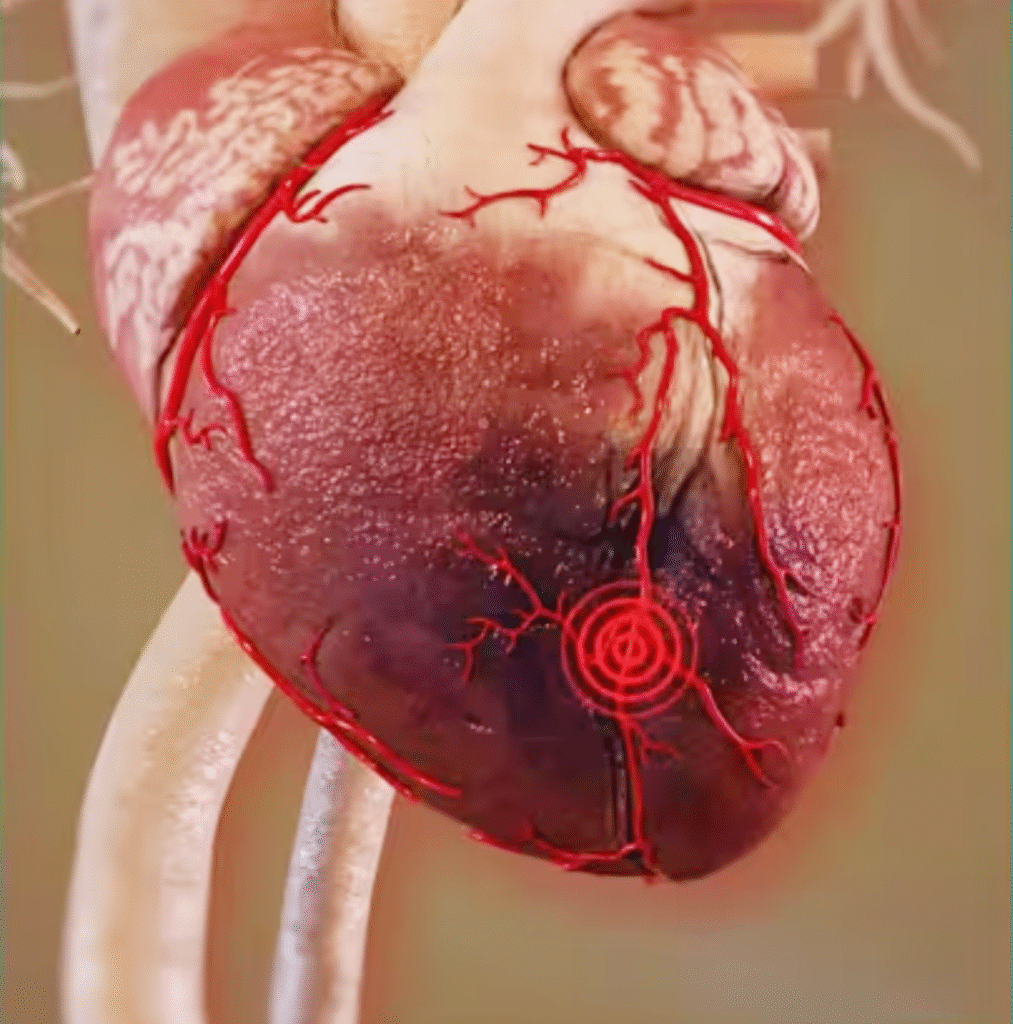
Although it is possible, it is not always the case. Heart attack symptoms can be subtle, varied, and perhaps even mistaken for those of other illnesses. It’s crucial to recognize the less evident symptoms because of this.The most typical symptom is discomfort or pain in the chest. This could feel like fullness, squeezing, pressure, or an excruciating agony. It may be intermittent or continuous, minor or severe. Don’t stop there, though. Other important warning indicators to watch out for are as follows: Pain or discomfort in other parts of your upper body: This can include your back, neck, jaw, stomach, or one or both of your arms (usually the left). Shortness of breath: You may experience dyspnea, along with or without soreness in your chest.Cold sweat: A sudden, clammy perspiration may appear on your face. Lightheadedness or nausea: Feeling lightheaded or nauseous to your stomach. Symptoms of unusual fatigue include excessive or inexplicable exhaustion, particularly in women. It’s also crucial to remember that women frequently have symptoms that are distinct or unusual from those of men. Extreme exhaustion, nausea, vomiting, and increased jaw or back pain are possible complaints. For this reason, it is crucial to not discount any uncommon symptoms, particularly if they are novel or cause concern.Time Is Heart Muscle: Emergency Procedures The most important component is this: Be quick to intervene if you think someone is experiencing a heart attack. Each minute matters. Contact emergency services immediately (112 in India).Do not wait. Avoid attempting to drive yourself to the hospital. Emergency responders can notify the hospital of your arrival and ensure you receive prompt attention. They are also prepared to deliver life-saving care while en route to the hospital. If the emergency services suggest it, chew and swallow the aspirin. In the event that you are not allergic to aspirin and have it on hand, emergency dispatchers may suggest that you chew a 300 mg dose of regular-strength aspirin. Aspirin thins blood and may lessen clotting. Follow emergency personnel’s directions at all times, nevertheless.Remain composed and get some rest. Make an effort to maintain your composure.
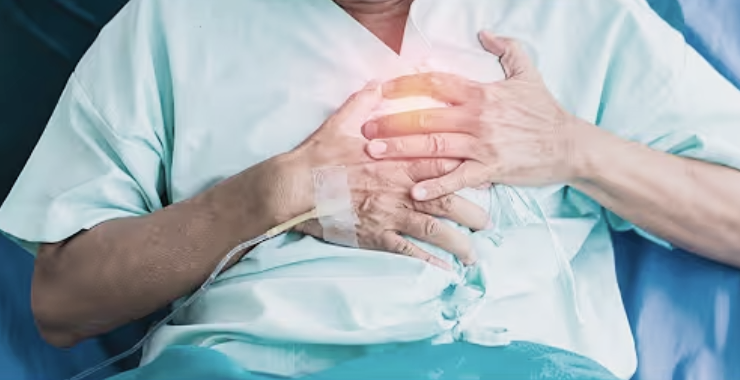
By altering one’s lifestyle and taking care of pre-existing medical issues, many heart attacks can be avoided.Adopt a diet that is heart-healthy by emphasizing fruits, vegetables, whole grains, lean meats, and healthy fats. Limit unhealthy fats, processed foods, sugary beverages, and too much salt. Get Moving: Try to complete 150 minutes or more of moderate-to-intense aerobic exercise or 75 minutes of vigorous-to-intense exercise per week. Little activities spread out throughout the day can have a big impact. Keep Your Weight Under Control: Even a modest weight loss can have a big influence on your heart health. One of the biggest adjustments you can make is to stop smoking. There are resources to assist you in quitting.Handle Stress: Look for healthy coping mechanisms, such as yoga, meditation, exercise, hobbies, or time spent in nature. Frequent examinations: To keep an eye on your blood sugar, cholesterol, and blood pressure, schedule routine checkups with your physician. Follow the directions on any prescription drugs for long-term illnesses. Recognize Your Family’s Past: Your doctor can better determine your risk if you tell them about your family’s medical history. Life Following a Heart Attack: Convalescence and Adaptability A heart attack is a life-altering event for you or someone you know, but it also marks the beginning of a new chapter centered on recuperation and preventative health.Important elements of recovery include medication management, lifestyle changes, and cardiac rehabilitation programs. After a heart attack, many people lead full and active lives with the right support and care. Keep in mind that your heart is a strong organ that needs your love and care. You may greatly lower your risk and give yourself the ability to lead a heart-healthy life by being aware of the warning symptoms, knowing what to do in an emergency, and making smart decisions every day.
Unfasten any tight garments. Wait for assistance to arrive while comfortably seated or lying down. Don’t disregard symptoms. It is usually best to err on the side of caution if you are unsure. A false alarm is considerably preferable to postponing treatment that could save lives. Knowing the “Why”: Controllable Risk Factors Many heart attack risk factors can be controlled or changed, but some, like age or family history, are out of our control. Being aware of these can enable you to take preventative measures for a healthier heart.Among the main risk factors are High blood pressure, also known as hypertension, is often referred to as the “silent killer.” High blood pressure makes your heart work harder and over time can harm arteries. High Cholesterol: Plaque accumulation in your arteries is a result of especially high levels of “bad” cholesterol (LDL). Diabetes: Elevated blood sugar can harm the nerves that regulate your heart and blood vessels as well as the blood vessels themselves. Smoking: Smoking narrows blood vessels and raises the chance of blood clots, both of which are extremely harmful to the cardiovascular system. Secondhand smoke is dangerous as well.Obesity and Overweight: Being overweight strains your heart and can lead to other risk factors, including diabetes and high blood pressure. Physical Inactivity: Obesity, high blood pressure, and high cholesterol are all exacerbated by a sedentary lifestyle. Unhealthy Diet: Heart health can be greatly impacted by diets heavy in cholesterol, sodium, sugar, saturated and trans fats, and other unhealthy substances. Stress: Prolonged stress has been linked to hypertension and other heart-harming behaviors. Taking Care of Your Heart: Prevention and a Healthier Way of Life The good news is that you can do a great deal to safeguard your heart.

